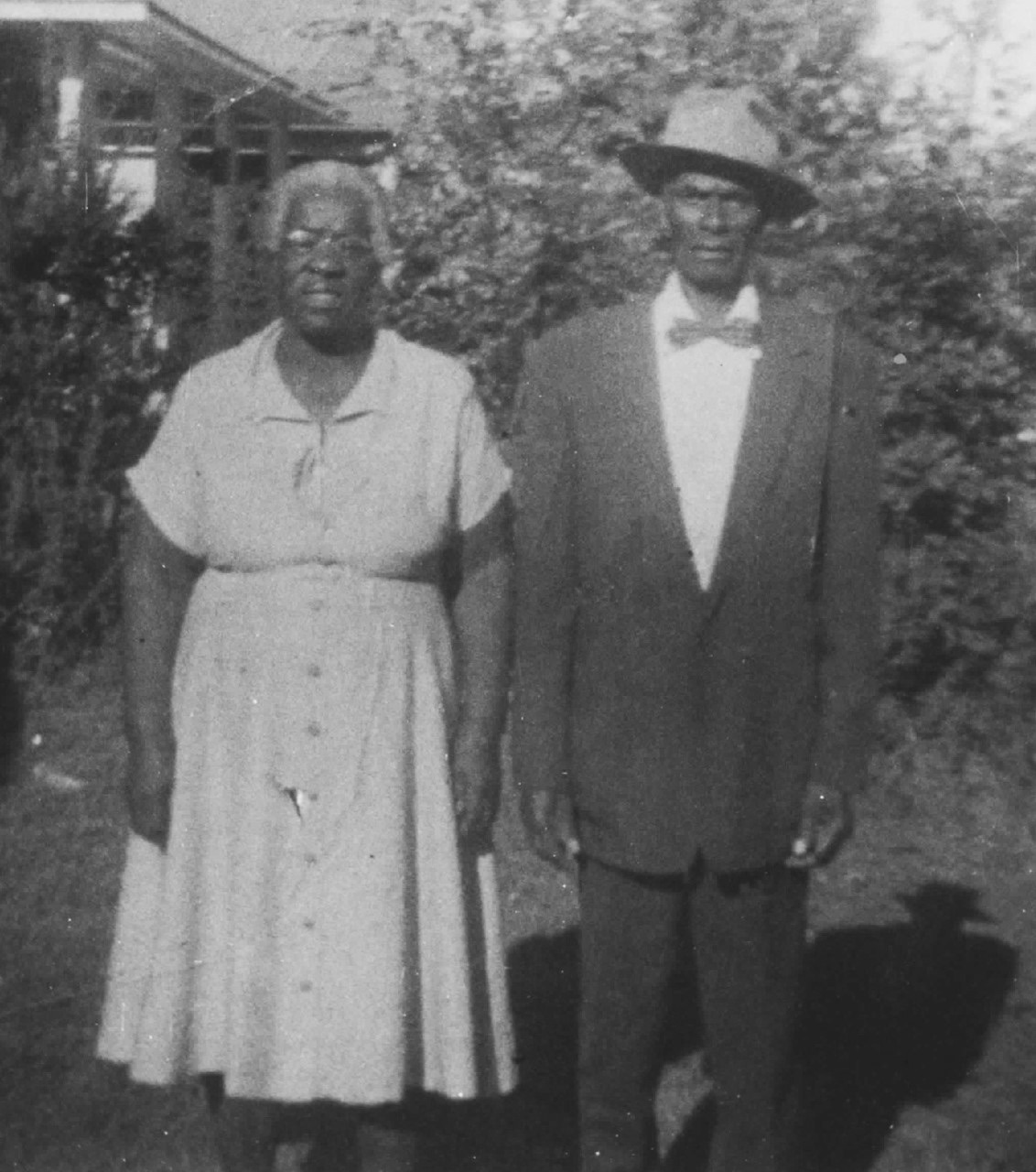KNOXVILLE, Tenn. (WATE) — Recently, civil rights protests have highlighted the calls for equality, equity, a reckoning of the past and an honest look at the way history is told.
According to the Appalachian Regional Commission, by 1860, Blacks had become 10 percent of Appalachia’s 5.4 million residents. Today there is a movement to reclaim and highlight the history of Blacks in Appalachia.
“So, from the very first people who came in, other than the Native Americans who were here, there were slaves. Black Africans were a part of that experience.”
The history of Appalachia is one that is still being written.
“We do research. We do public forums. We do documentary films. We do oral history projects. Really highlight and make visible the Black communities in the region and the contribution of Black people to Appalachia,” says Dr. En-Keshi El-Amin.
Dr. El-Amin is a researcher and lecturer at the University of Tennessee. She also works with the project, Black in Appalachia.
Black in Appalachia uses these oral histories and old photos to tell the story of decades past. Stories often omitted from the usual telling of Appalachian culture.



“We are responding to that… that public image of Appalachia as a very white space, a very rural space and we are saying, ‘hey, Black people have always been in Appalachia as long as white folks have been here, Black folks have been here.’ But there is this invisibility that the Black communities in the region experience and we are trying to bring them to the forefront,” Dr. El-Amin said.
Teams of volunteers are fanning out across East Tennessee & Kentucky to meet with locals to catalog their stories.
From the project, a podcast was also formed, with Dr. A-min co-hosting along with Knoxville activist Angela Dennis.
“So the podcast. We are dealing with a lot of heavy topics. Racism is not easy. Racial issues are not easy to deal with.”
Issues that African-Americans and the community in general need to discuss.
“If we think about the experiences of Black people, We see that Black spaces, Black schools, Black churches, provide a level of safety that we don’t have outside of those spaces,” Dr. El-Amin said.
Revealing one story at a time — the lives that lived, struggled and thrived throughout the mountains of East Tennessee and beyond.



























